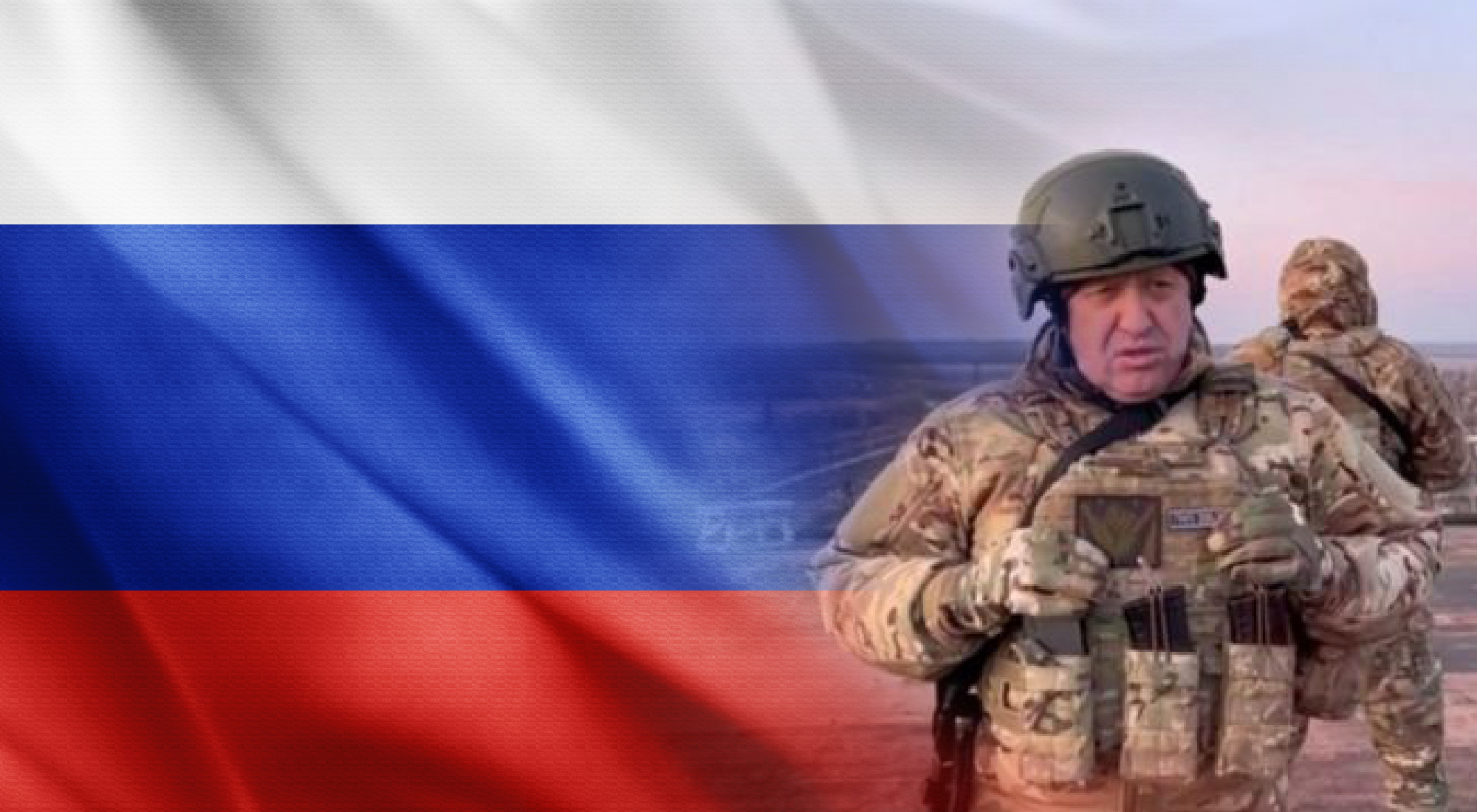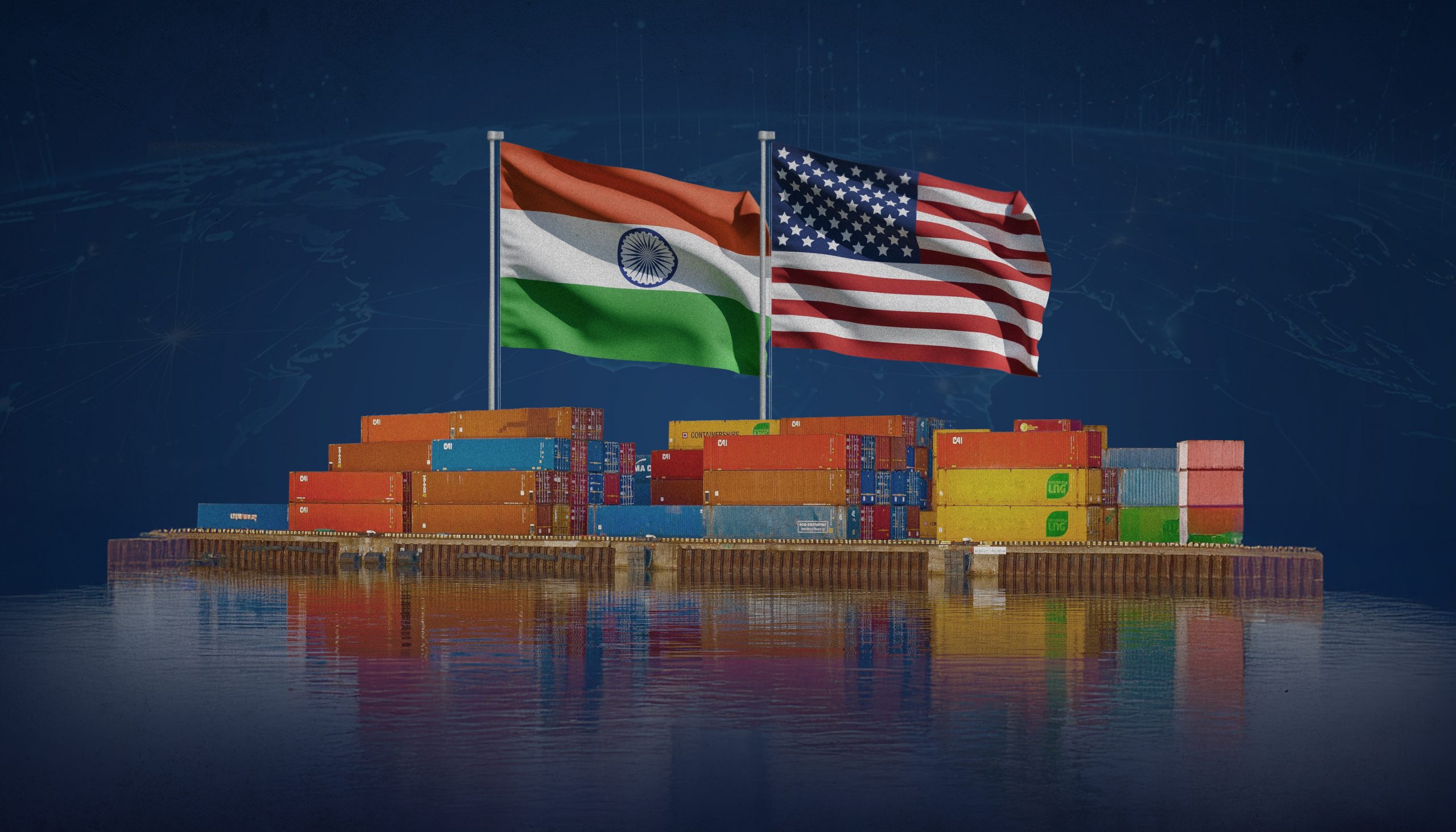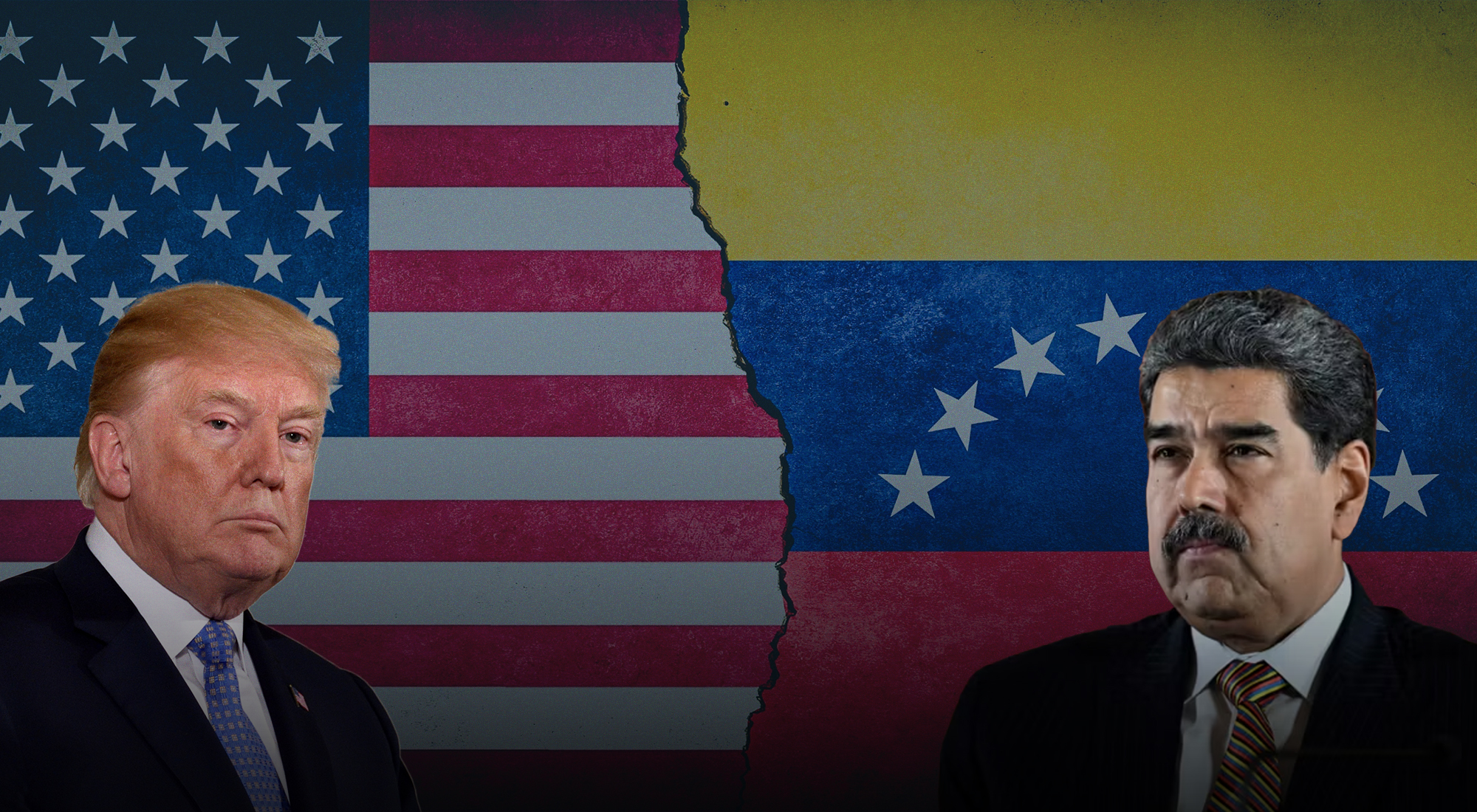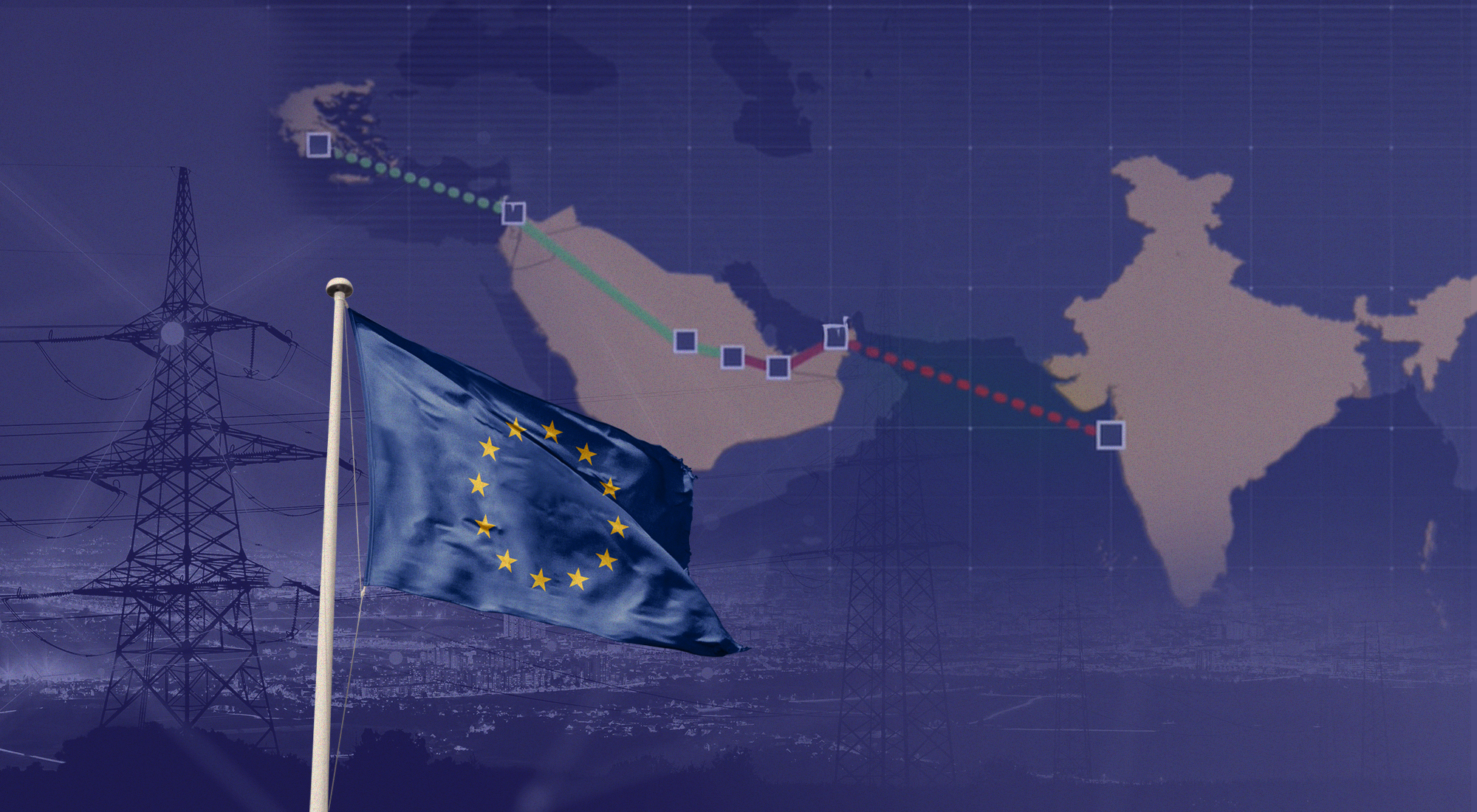Armed Mutiny and Crisis in Russia: What happened?
In late evening of June 23, 2023, Russia’s Wagner group started an armed insurrection against President Vladimir Putin’s government. After announcing that its mercenaries have seized key military posts in southern Russia, most notably the city of Rostov-on-Don, a logistics hub for the war in Ukraine, the group threatened to march on to Moscow. Wagner forces also appeared to be well established in the city of Voronezh, 500 kilometers south of the Russian capital.[1] Relations between Wagner’s chief Yevgeny Prigozhin and the Russian government were already tense due to the former’s claim of inadequate support and mismanagement on the latter’s part during the campaign in Ukraine. As the Wagner forces moved north and appeared to be headed toward the capital and allegedly attempt a coup, Russian regular forces launched what one regional governor called a “counter-terrorist operation” to halt the group’s advance.[2]
Authorities in Moscow and the surrounding area said they had declared a state of emergency after Prigozhin claimed his forces were in control of military sites in Rostov-on-Don. “Any internal turmoil is a deadly threat to our statehood and to us as a nation. This is a blow to Russia and to our people”, Russian President Putin said, urging national unity.[3] Prigozhin said that his men reached within 200 km of the capital while the Russian government deployed the army on the street, installed roadblocks in the city, asked citizens to avoid venturing out, and even declared Monday a holiday.[4]
As the crisis unfolded, Ukraine seized the opportunity to make minor advances on the eastern and southern fronts. Ukrainian President Volodymyr Zelensky called the world to send assistance to his country at this crucial moment, writing on his Twitter account that “Russia’s weakness is obvious. Full-scale weakness. And the longer Russia keeps its troops and mercenaries on our land, the more chaos, pain, and problems it will have for itself later”.[5] Russia’s neighboring countries such as Latvia stepped up their border security as tensions rose between Moscow and the Wagner group. The crisis put Russian prestige at stake as the group posed a challenge to Kremlin’s authority. President Putin called it a “stab in the back”.
At the height of the crisis, US Secretary of State Anthony Blinken made phone calls to his counterparts, including Turkish Foreign Minister Hakan Fidan to discuss the situation. Turkish President Recep Tayyip Erdoğan urged parties to act with “common sense”, adding that Ankara was ready to help resolve the situation “in a calm and peaceful manner”.[6] The situation calmed down after Belarusian President Alexander Lukashenko mediated a peaceful settlement to the crisis. Prigozhin agreed to de-escalate tensions and ordered his militiamen to pull out of the positions they had taken up.
Russia’s War Doctrine and the Wagner Group: How did it come to this stage?
Russia’s “Gerasimov” and “Primakov” doctrines propounded that it should not allow a unipolar world order led by the US. Instead, it should form a security belt around its periphery through fifth generation warfare. As an instrument of this strategy, Russia leveraged the Wagner group. The relationship between Moscow and the Wagner group is complex.
The group, which is a private military company, has gained notoriety for its involvement in various conflicts around the world, particularly in Syria and Ukraine. Named after its founder, Dmitry Utkin (codenamed “Wagner”), the group emerged in 2014 and gained attention for its operations in eastern Ukraine, where it provided military support to pro-Russian separatists in Donbas region before the start of the war in February 2022.
The group’s fighters were equipped with modern weaponry and displayed a high level of training, suggesting they were more than just mercenaries. Wagner primarily consists of former Russian military personnel, including special forces veterans. This suggests at least some degree of coordination and recruitment from within the Russian military. Moreover, the training and equipment provided to the group’s fighters are consistent with Russian military standards. Its funding sources and occasional acknowledgments by officials indicate that the group operates with support and approval from the government.
By employing a private military company like the Wagner group, Russia could serve its interests without officially involving its own armed forces. The group serves as a tool for Russia’s hybrid warfare strategy. It provides a flexible force that can be deployed quickly to achieve military and political objectives in a more cost-effective manner without the constraints associated with conventional military operations.
This strategy allows Russia to exert influence and project power in regions where it wants to maintain control or challenge Western interests. The Wagner group has 25,000 men under its command in Russia plus more than 35,000 men spread across Syria, Africa, and Latin America. They protect Russian interests in oil & gas, mining, and defense procurement sectors, bringing important business connections and foreign capital to the country. There are 64 companies across four continents that operate on behalf of Wagner.[7]
The group’s role in the Ukraine war had a significant impact on the conflict. Its involvement has prolonged the fighting, deepened divisions, and contributed to the loss of life and displacement of civilians. Prigozhin’s men fought the bloodiest engagements including the protracted battle for the eastern city of Bakhmut. Prior to the June 23 standoff, he railed for months against the regular army’s top brass, accusing generals, mainly the defense chief Sergei Shoigu, of incompetence and of withholding ammunition from his fighters.[8] Prigozhin launched the apparent mutiny after alleging that the Russian military had killed many of his fighters in an air strike, a claim denied by the Ministry of Defense.[9]
The Road Ahead for Russia: What should it expect next?
After the settlement of the crisis, Kremlin spokesperson Dmitry Peskov stated that Wagner fighters would not face legal action for taking part in the march toward Moscow, saying that the government “always respected their heroic deeds” on the front lines in Ukraine.[10] As part of the agreement, Wagner chief Prigozhin will be free to go to Belarus and all legal cases against him will be dropped. Those fighters who were not involved in the march would be contracted directly to the Russian Ministry of Defense.
The outcome of this crisis has two major consequences for Russia, one short-term and the other mid-to-long-term. First, Russian campaign could suffer heavier losses in Ukraine due to lack of Wagner’s support and low morale on the front lines. Russia’s announcement on June 24 to conscript all men, except prisoners under severe sentence, to arms is evidence of its attempt to make for the loss. Second, Wagner’s revolt shows that an armed group with the capability to act for its own interest is a serious threat to national security. No matter how close it may be to the government, it can foster divisions among the country’s defense establishment and put national interests at risk.
The mid-to-long-term outcome of this crisis will be the integration of Wagner into Russian armed forces and elimination of power concentration in alternative hands, strengthening President Putin’s grip on power. This will provide Putin with stronger, more loyal, and better organized military personnel to push ahead his campaign more forcefully in Ukraine.
Had the Wagner group succeeded in its attempt, the country would have descended into chaos, and possibly civil war, which could significantly increase the odds of tactical nuclear misuse. That possibility seems to have settled at least temporarily. From a different angle, this could probably be Ukraine’s best chance to achieve a breakthrough in the war, but the turnout of events was too fast for Kyiv to make any meaningful progress in the battlefield. Combined with Putin’s announcement last week that Russia has deployed tactical nuclear weapons in Belarus, the swiftness with which the Wagner crisis was resolved through President Lukashenko’s mediation emboldens Putin and increases his determination to hold out in Ukraine.
References
[1] Politico, http://bitly.ws/Juio
[2] The Moscow Times, http://bitly.ws/Jujs
[3] The Moscow Times, http://bitly.ws/Jujs
[4] Reuters, http://bitly.ws/JunY
[5] Twitter, http://bitly.ws/Jum2
[6] Twitter, http://bitly.ws/Jun3
[7] Twitter, http://bitly.ws/JuuI
[8] Reuters, http://bitly.ws/JunY
[9] Ibid.
[10] CNN, http://bitly.ws/Jutf








